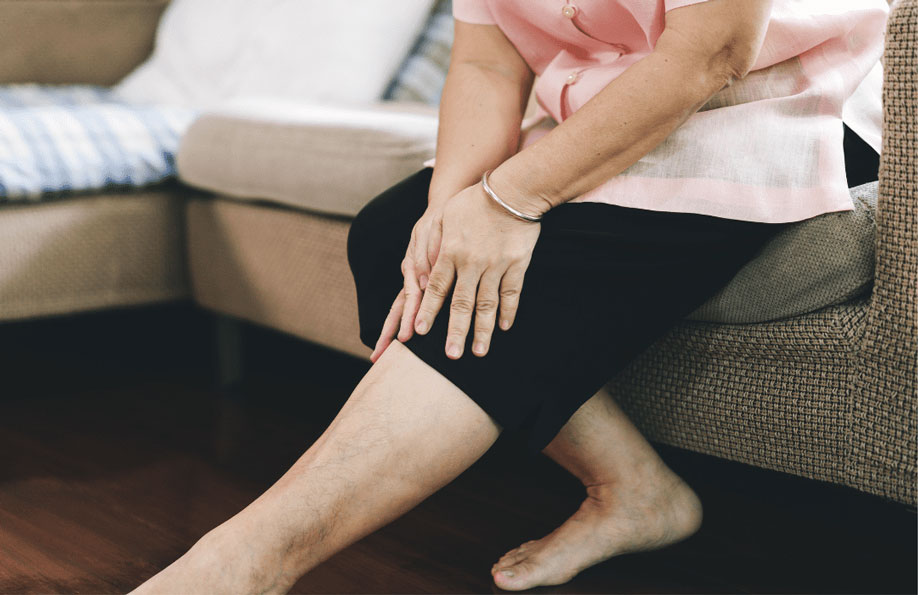Osteoarthritis (OA) is a degenerative disease that won’t go away on its own. This is one of the condition’s primary characteristics. Joint replacement surgery is the only treatment to stop OA from causing a joint to lose cartilage once it has already started. Most people choose to use more cautious techniques to maintain the joint’s health in order to avoid this intrusive operation. But over a long enough period of time, might OA eventually render you immobile and crippled? The concern will be immediately addressed in today’s blog because it is one that patients frequently have.

OSTEOARTHRITIS’S PROLONGED RISKS
Osteoarthritis can eventually make a joint essentially immobile if left untreated over a long enough period of time, but it normally takes many years to reach this stage. This indicates that there is a lot of room for intervention. A person with OA never wakes up one day and is suddenly unable to move their knee, elbow, shoulder, etc.
The pain, stiffness, and swelling may worsen if the condition is ignored or not correctly identified, to the point where the person decides to completely avoid using the affected joint because it is so painful. Despite the extensive injury, the joint itself may still have some function. Even those who have severe OA in their lower body may typically walk with help. Despite their arm being severely impaired, people with shoulder or elbow OA continue to utilize it.
So, despite the fact that OA has unpleasant long-term repercussions, a total loss of function is extremely unlikely, especially in light of the numerous effective current treatments that have been proven to significantly delay joint deterioration and protect them.
HOW TO KEEP YOUR JOINTS HEALTHY?
Although it is understandable to be concerned about your OA getting worse over time, there is probably something you can do to significantly lessen your pain, increase your mobility, and extend the number of years you may live a healthy life and move around freely.
First and foremost, maintaining a healthy diet and regular exercise will help you keep the rest of your body robust. A person can reduce their inflammation and provide their joints with much-needed support by keeping a healthy weight and strengthening their body, especially the muscles close to a joint with OA.
Of course, seeing a doctor so they can start you on a long-term treatment plan is also essential. Conservative treatments for OA, such as heat, rest, and bracing, work quite well. Over the past few decades, there have also been significant advancements in the field of regenerative medicine. A doctor can easily inject a therapeutic substance into a painful joint as part of procedures like prolotherapy, PRP, or stem cell therapy to focus and speed up the body’s natural healing process.
Regenerative techniques can significantly slow the process and create a much healthier environment in the joint so that the other tissues stay strong and intact. While there is currently no treatment for OA that can stop the loss of joint cartilage (aside from surgery), the other tissues can still be treated to prevent further cartilage loss. Many patients benefit from this in terms of improved function, decreased discomfort, and—perhaps most importantly—peace of mind.

TIMELY TREATMENT IS REQUIRED
The effects of OA on mobility can be avoided with prompt treatment. Over 27.5 million outpatient visits are caused each year by arthritis, according to the Arthritis Foundation. In addition, it is the main driver behind joint replacement surgery.
Contact Specialty Care Clinics at (469) 545-9983 for a recommendation of an immediate action plan to treat osteoarthritis.
